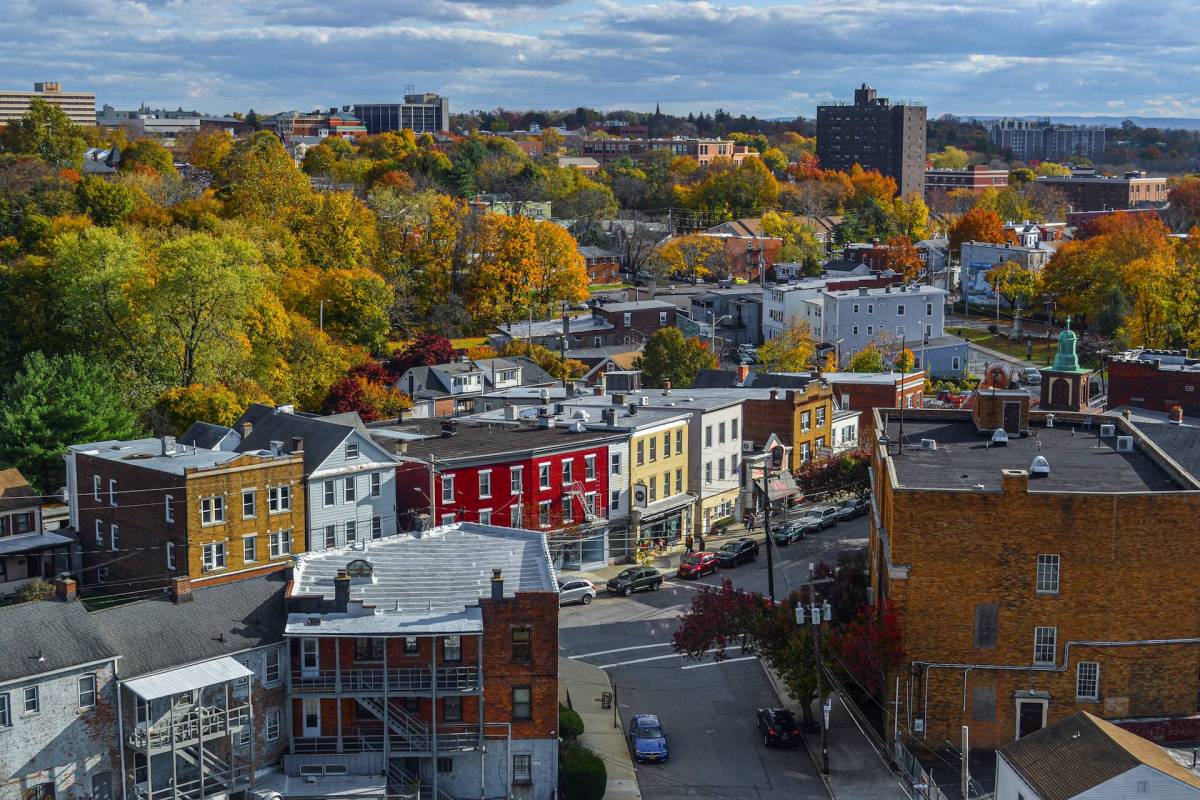The risk of wildfires across the globe is increasing because of rising temperatures caused by pollution.
While it's perhaps assumed that rural areas would take the brunt of these devastating events, urban areas are also at significant risk.
What's happening?
In August, a wildfire in the Hawaiian town of Lahaina on the island of Maui killed more than 100 people and practically razed the community to the ground. It was the deadliest wildfire in the United States for over a century, and residents were caught completely off guard.
Now, people living in urban areas are being warned that similar events could happen where they are in the coming years. With more communities forming in the fire-susceptible areas, wildfires and the speed of their spread are putting them in danger.
According to research published in the Frontiers in Human Dynamics journal and summarized by Scientific American, migration patterns show that people in the United States are increasingly moving away from areas prone to hurricanes and heat waves, but areas with higher risk of wildfires don't seem to be a deterrent to people's choice of home.
Climate scientist Daniel Swain from the University of California noted that one of the unexpected areas that could see a similar disaster to the one in Maui is the New Jersey Pine Barrens. He told Scientific American that communities around the edge of the reserve are expanding, putting more people in danger should the vulnerable pines ignite.
Other at-risk areas cited by the publication include communities near the dense boreal forests in Wisconsin and Minnesota and the Great Northern Plains in Montana, North Dakota, and South Dakota. Meanwhile, a 2016 wildfire event in Gatlinburg, Tennessee, was pointed to as a warning for similar future events.
Why are wildfires becoming more common?
Wildfires begin and thrive in hot, dry conditions. According to Scientific American, with global temperatures increasing because of the warming effects caused by pollution, the air sucks more moisture from vegetation, drying it out and then acting as kindling for wildfires.
From there, lightning strikes can lead to fires forming, and high winds can increase the rate of spread. That's not to mention fires caused by the impact of humans, with cigarettes, fireworks, and sparks from machinery all possible ways to begin a wildfire by accident.
The dry conditions are the immediate problem regarding wildfires starting, but increasingly common weather events such as hurricanes are encouraging them to spread from forests and typically green spaces to urban settings.
What can be done to prevent wildfires?
Early warning systems for residents to warn of wildfire events are essential to save lives, as is the implementation of safe evacuation measures and advice.
While avoiding activity that creates sparks in rural areas is necessary to prevent human-caused wildfires, action must be taken to stop rising temperatures that create dry vegetation that acts as fuel.
Reducing pollution, which acts as a blanket around the earth and leads to global heating, is therefore critical.
Join our free newsletter for cool news and cool tips that make it easy to help yourself while helping the planet.









